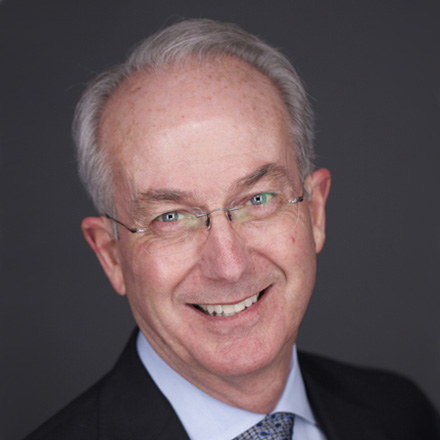Dr. Allen has served as President of the AAED, the AARD and the AAP Foundation. He is the recipient of the Master Clinician Award from the AAP and the President’s Award for Excellence in Dental Education from the AAED. He is the Periodontal Section Editor for the Journal of Esthetic and Restorative Dentistry and serves on the Editorial Boards of the Journal of Periodontology and the International Journal of Periodontics and Restorative Dentistry. He has authored over 100 publications and has presented numerous lectures and surgical demonstrations worldwide.
Click here for abstract:
 Soft tissue management - Part 1: Esthetic crown lengthening: Guidelines for success
Soft tissue management - Part 1: Esthetic crown lengthening: Guidelines for success
Esthetic crown lengthening is one of the most satisfying dental procedures for patients, yet it remains one of the least recommended procedures by dentists. This presentation will describe the esthetic benefits of surgical crown lengthening in adolescent orthodontic patients as well as in adult interdisciplinary patients. Evidence will be given for the appropriateness of surgical crown lengthening in the adolescent and for the role of osseous surgery to achieve predictable and stable tooth exposure. The limitations of “flapless” osseous surgery will be addressed.
Learning Objectives:
- State the appropriate age for esthetic crown lengthening surgery.
- Describe the limitations of “flapless” osseous surgery.
- Describe the postsurgical relationship of crestal bone form and level with gingival
level. - Describe a technique for determining ideal incisal edge position and gingival levels
for treatment planning adult interdisciplinary cases.
 Soft tissue management - Part 2: Minimally invasive soft tissue grafting for treatment of deficiencies around implants
Soft tissue management - Part 2: Minimally invasive soft tissue grafting for treatment of deficiencies around implants
Soft tissue grafting has evolved from effective but invasive techniques to current minimally invasive, patient-friendly tunnel procedures. Palatal donor tissue and vertical incisions are no longer necessary for root coverage grafting, resulting in not only a better postoperative course, but also greater root coverage and better esthetics. Now, similar techniques can be applied to treat some soft tissue deficiencies at implant sites, avoiding more complex “start-over “ procedures. Surgical technique and indications for treatment will be illustrated with case examples.
Upon completion of this presentation, participants will be able to:
- Cite the evidence for improved outcome parameters with the tunnel technique.
- Describe the indications for use of an allograft in the tunnel technique for soft tissue grafting at implant sites.
- Discuss tips for surgical success with use of an allograft in the tunnel technique at implant sites.


